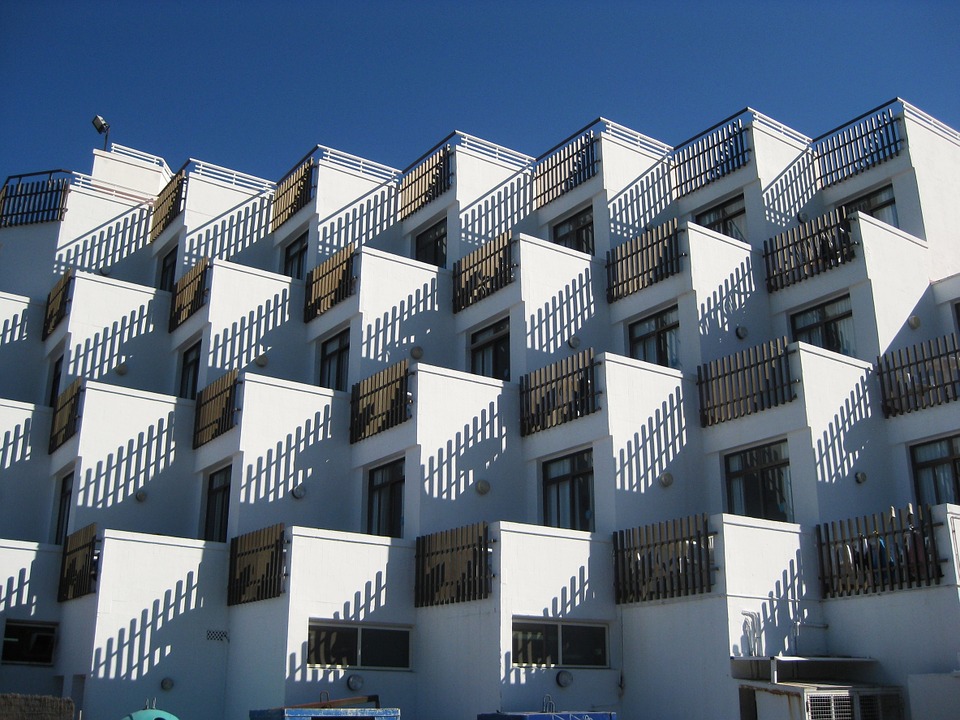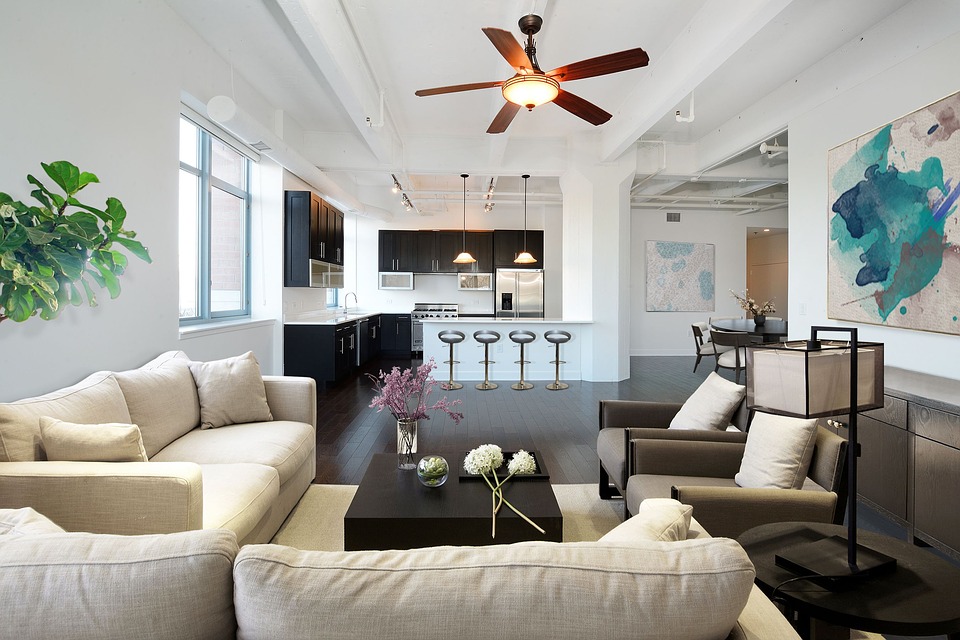6 Facts About Insuring a Condo in Macomb County
by The Insurance Hound
In Macomb County a condominium is a good start, whether you’re just getting started in life or retiring and looking to downsize.
Some of the good things about condo life are that you don’t have to worry about yard work and yet it’s your own property so you can paint the walls.
You are the owner of your unit (condo), but the common areas are overseen by the association but there are some insurance issues you may need to know of.
At one time if one owner of a condo defaulted on his or her loan, then the mortgage could foreclose on the entire condominium complex. Now under horizontal property laws, individual ownership is split into horizontal planes that limit the unit owner’s interest to the inside of the unit.
This makes owning a condominium desirable, but somewhat confusing: If you own only the unit, what about the outer walls, roof, foundation, plumbing, pipes and electrical?
What about common areas? This is where condominiums get complex.
Before you buy, here are six things you need to know about insuring a condo in Michigan:

-
What are common areas and limited common areas?
Common areas are the stairs, hallways, swimming pool, clubhouses, playgrounds and walkways, with each unit owner’s interest measured by the in proportion value the condo bears to the total value of all condos.
Limited common areas are areas shared between some, but not all condos, for example, a shared patio or a balcony between condos. The common areas are managed by the condominium association.
Although all condo owners belong to the association, a group of owners manage its affairs as a board of directors while a property management company generally takes care of the daily operations of the condo community.

-
Property coverage
As an owner of a condo in Macomb county, you will need an individual property insurance policy, designed specifically for condominiums.
A condo policy is a cross between homeowners’ and a renter’s policy.
Like a renter’s policy, there is no responsibility for the outside structure. The condo owner, in most condos, doesn’t have to worry about replacing the roof or siding; the condo association takes care of that.
If you don’t insure the outside walls or roof what do you insure?
Like a renters policy a condo policy covers your personal property and any additions and alterations that you may have add, but unlike a rental policy a condo policy covers the inside dwelling.
The following are considered part of the dwelling:
- Alterations, including the addition of wall-to-wall carpet or hardwood floors.
- Appliances, such as stoves, refrigerators, furnaces and hot water heaters.
- Fixtures, such as sinks, toilets, tubs and other built-in features.
- Improvements that are part of the building within the “residence premises.”
Also included are items of real property that pertain exclusively to the “residence premises” — driveways or gardens, for example.
Property that is the responsibility of the insured under the association agreement is covered, as are structures owned solely by the insured at the “residence premises,” such as a garage, storage unit, patio or balcony.

-
Required coverage — ‘walls in’ or ‘walls out’
The condominium policy provides broad coverage and avoids gaps by providing coverage that you, as the insured, is required to have per the association agreement.
The terms “walls out” or “walls in” are often used in relation to condominiums as a way to designate what you are responsible for.
Do you have to provide coverage for pipes and wiring between the walls, which is “walls out” or only for carpeting, painting, washers and dryers that are inside the unit, which is “walls in”?
It can become more complicated with limited common elements, such as a patio or balcony shared by only two more units.
As the owner, you may be responsible for your condo and part of the limited common element that serves the condo.
It’s determined by the state regulations and the association agreement. These two must be matched against your policy so ensure that there are no gaps in coverage.

-
Unit owners’ forms
Michigan varies from other states and considers the condo to be comprised of different elements, and this makes the intersection between the condo-owners insurance and the association insurance a bit confusing, but the ISO HO 06 Unit Owners form addresses that directly.
Coverage A, in a dwelling policy is the dwelling itself. In the condo policy, Coverage A includes the alterations, appliances, fixtures, and improvements that are part of the building contained within the premises.
It also includes real property pertaining to the residence, property that is the insured’s responsibility under an agreement of property owners, and structures owned solely by the insured other than the premises but located at the premises, such as a garage.
This wording allows the policy form to be used in most circumstances because the form adapts to the agreement between the unit owner and the association if the insured is required to insure the pipes and wiring for the unit, that is covered.
If the insured is only responsible for the drywall and appliances within the unit, that is covered as well.
-
Loss assessment
An additional coverage to your policy is loss assessment. This part of your policy covers amounts the association would charge you, the owner, for damage to property owned by all members collectively.
The loss must be by a covered peril, other than earthquake or shock waves before, during or after a volcanic eruption.
The limit is $1,000 regardless of the number of assessments per loss. This limit can be increased by adding endorsement HO 04 35 Loss Assessment Coverage.
Although a homeowner may be part of an association that has a neighborhood pool or clubhouse, the insured alone is responsible for the siding and roof on the house.
As an condominium owner you may be assessed for more than just a pool. The roof, siding, and maintenance of the grounds are common property for the condominium owner, who may be assessed for repairs to any of those.
Assessments that are the result of actions of big brother, sorry, a governmental body, are not covered.
Examples of such assessments include a change in building codes or a code violation local government assesses against the association, which the association then passes on to the condo owners.

-
State and local regulations
Michigan and Macomb county have various regulations regarding condominiums.
They define:
- A unit.
- A common element or limited common element.
- The responsibility of the unit owner.
- The responsibility of the association.
- Which insurance is primary for what types of losses.
As a potential buyer you should review these statutes before buying, as they clarify what the duties and insurance requirements are for owners and the association.
[gravityform id=”1″ title=”true” description=”true”]


